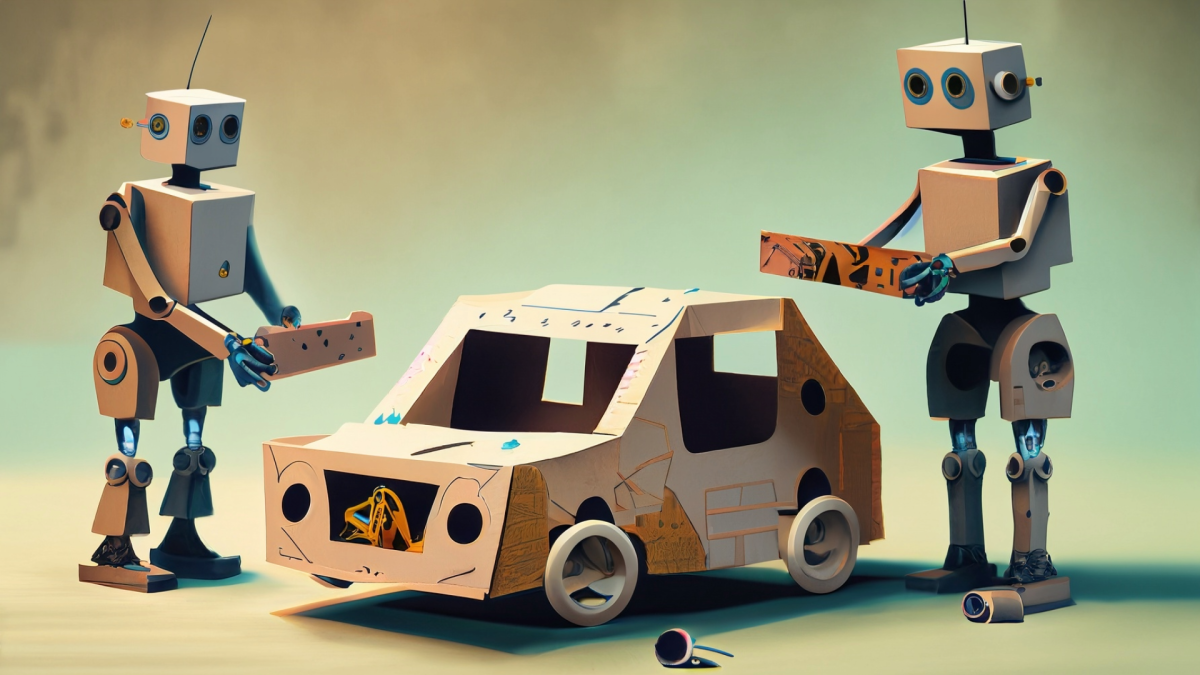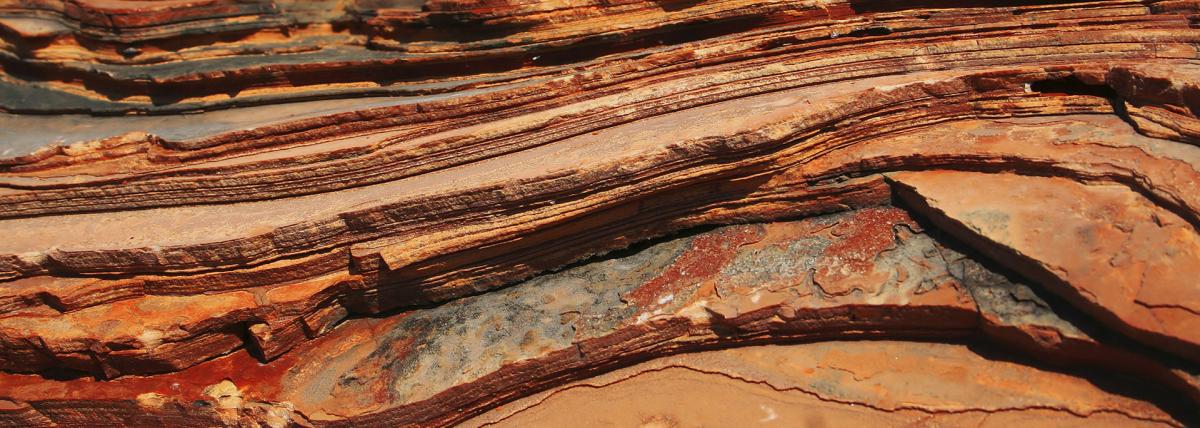Grades:
6th Grade
This is a lesson plan based on playlist model where students will learn Heat transfer by using a play list and picking the topics according to their own pace. The students will need a computer/ laptop
Grades:
4th Grade
In this hands-on lesson, students will construct a sturdy structure out of toothpicks and marshmallows that will withstand an earthquake simulation (a tray of Jello is used). This is an engaging way
Grades:
4th Grade
The project requires students to act as mechanical and electrical engineers who are tasked with planning, designing, and testing a new toy invention. This toy must have functioning lights, and teams
Grades:
4th Grade, 5th Grade
This lesson teaches students about lines, angles, measuring and naming angles, using a protractor, and engages students by having them build a catapult and measure best angle for furthest launch.
Grades:
4th Grade, 5th Grade, 6th Grade
List of Materials- Science Notebook, Pencil/Pen, Reflection Questions Summary- Students are reflection and revising their egg drop protectors from the previous lesson. Agenda- Reflect on the first egg
Grades:
5th Grade, 6th Grade, 7th Grade, 8th Grade, 9th Grade, 10th Grade, 11th Grade, 12th Grade
Let's Fly is a great lesson for those teaching forces and motion. Find some balsa wood flyers through a STEAM source (ideas included), take your students outside to play and let them observe. Then
Grades:
6th Grade, 7th Grade, 8th Grade, 9th Grade
Students will create Rube Goldberg machines from simple machines in this engaging lesson. The teacher can determine materials such as wooden planks, paper towel rolls, bottle caps, marbles, cardboard
Grades:
6th Grade, 7th Grade, 8th Grade
This lesson plan will introduce students to the basics of 3D modeling and design using Tinkercad and allow them to apply their skills to create a model car. It will also help them develop their
Grades:
6th Grade
In this 3rd and final lesson in a series of 3, students examine prior knowledge about the real-world problem of the Great Pacific Garbage Patch and apply their findings to design solutions. Students
Grades:
Kindergarten
Students will be able to observe and recognize that a thermometer is a device that is used to measure a change in temperature.
Featured
Bee-Bot Mazes
Grades:
Kindergarten, 1st Grade
Students collaborate to create mazes for the Bee-Bot robot. Students also work in teams to plan and create programs to move Bee-Bots through the maze. For this lesson, students work in groups of 2-3
Grades:
5th Grade
This is the 2nd part in a 4-lesson series. This lesson is on the fins and how they work with balanced and unbalanced forces. Students will need the worksheet, the article for read and reflect, foam
Grades:
2nd Grade
Lesson Summary: 2nd Grade students listen to the story; Sadie Sprocket Builds a Rocket and reflect how they would create and design a space lander/rover. We watch the video; Curiosity; Mars Rover and
Grades:
7th Grade
This lesson plan is written for 7th grade science but can be modified to be used with any age group. Students will create petri dishes and will collect samples from bathrooms. Students will then
Grades:
7th Grade
In this 1st lesson in a series of 2, students will analyze features of water cups for how effective they are at keeping our water cold while we are at school. Students will then use this knowledge to
Grades:
4th Grade
Students will learn how weather and climate can impact planting in this second lesson out of 4. Agenda What is weather? What is climate? What is the difference between weather and climate? How will
Grades:
6th Grade, 7th Grade
Students will be designing and building a strong house able to withstand hurricanes and tropical storms. In the lesson, students will compare their work with the actions of a character from If I Built
Grades:
11th Grade
In this hands-on lesson, students will construct an improvised clinometer which they can use in estimating height of trees, flagpoles and the like! They will collaborate in drawing, measuring
Grades:
4th Grade
This is lesson one for a unit plan on circuitry. In this challenge, students will be tasked with planning, designing, and testing both open and closed circuits. To make things more interesting, they
Grades:
5th Grade
Who said candy?! In this hands-on lesson, students create rock candy using hot water and Kool-Aid flavoring. They will mix materials together and observe their creation.
Grades:
6th Grade, 7th Grade, 8th Grade, 9th Grade
Summary - Students will be identifying the structures and functions of plant reproductive parts. Materials - Flowers, scissors, magnifying lenses, resource materials (internet/textbook)
Grades:
3rd Grade, 4th Grade, 6th Grade, 7th Grade
You could do this together, step by step or give them all of the materials and information needed to do it by themselves. Could be a group activity or an individual activity so each student can take
Grades:
7th Grade
In this engaging lesson, students will use 2-3 days to build a land yacht with Lego BricQ sets. They will test different winds and angles, and then use their lab to introduce Newton's third law of
Grades:
6th Grade, 7th Grade, 8th Grade
Model Building For Disaster is a 4-6 week unit in which students research natural disasters around the world and their effect on developing countries. Following their research, student teams design
Featured Lesson Plans
Check out these notable lesson plans.

Grades:
4th Grade
This interactive 4th-grade lesson plan focuses on erosion and weathering, key concepts in understanding Earth's geology. In "Dynamic Earth," students use an interactive simulation to explore how

Featured
Sailing Down the Road: Part 2
Grades:
4th Grade, 5th Grade
This is part 2 of a two part lesson called Sailing Down the Road. In this lesson students will design a sail that can successfully catch the wind and cause their cardboard car (from part 1) to drive

Grades:
4th Grade
Explore Coal Mine Canyon's wonders! Watch a documentary, read about geology, draw the canyon, and use tech to learn about geological layers. Fun, interactive learning awaits!


